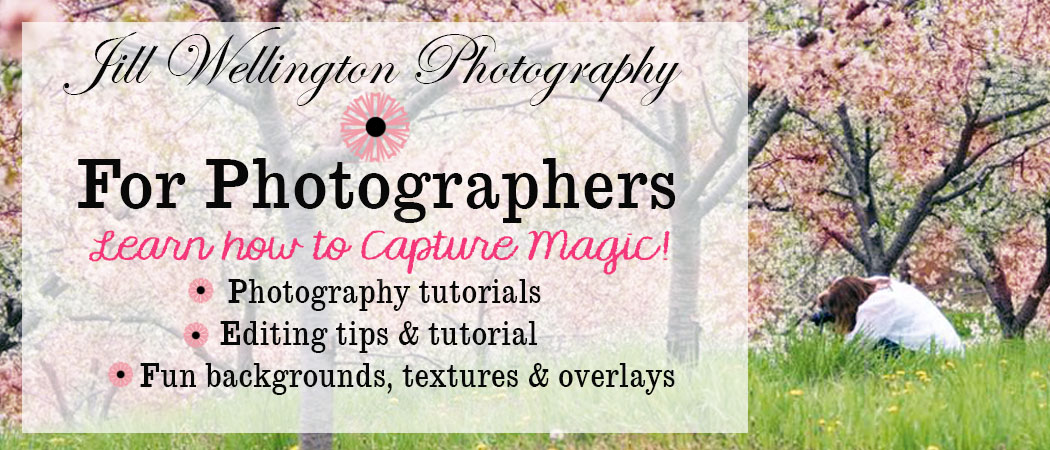Creating composites is one of my favorite things to do with photography!
It also boosts my portrait business to a new level
because I can offer clients photos beyond the ordinary.
I get asked all the time how to do composite work,
so here are some tips and tricks for coming up
with fun ideas and how to composite them into one photograph.
The first thing, is to decide your scene.
I like to peruse Pixabay...a free photo site for inspiration!
In the photo above, I was creating a Christmas card for two little sisters.
I typed in Christmas on Pixabay and I found this photo of
the gingerbread house.
That gave me the idea to make it life-sized and add the girls!
I also got the snowy background from Pixabay.
I found this great shot of the grand entrance of a mansion on Pixabay:
Finding an interesting photo can spark ideas!
I decided to blow out the roof and side rooms
so I could see the outdoors and add snow
to create a fantasy photo.
I added a sky, and winter scenes, plus snow!
I placed a photo of my daughter and a tree at the top of the staircase,
My imagination had me adding more elements and fine details until I got this:
For a Christmas portrait, I gathered these elements on Pixabay:
I found this wonderful crescent moon on Pixabay and composited
it onto a starry night sky.
I purposely posed my clients so I could composite
them sitting together on the moon
for their Christmas portrait.
I always photograph subjects for composites in front
of my white board at the front edge of my garage for exquisite light.
(Click on this blog post to learn how to easily make a white board!)
To learn how to move your subject and other props from one photo
to another, watch my video tutorial.
This video also shows you how to match the tone of
your subject to the background!
I love to look for seasonal backgrounds
and photograph my subjects with the background in mind.
Isn't this background amazing for autumn?
I found it on Pixabay.
These backgrounds can take your subject to places
you may never find in your area.
I created these magical portraits for my client,
dressing them in colors to match!
I also photographed the pumpkins and added those.
I always look for these backgrounds before the photo shoots
so I can coordinate clothing, props and poses.
I found this next photo of a wonderful French candy shop on Pixabay.
And, created this Christmas scene:
I found the reindeer, Santa and various elements on Pixabay!
I photographed a precious baby boy in front of the white board.
And, gave him a friend for his Christmas card:
The possibilities are endless!
By coming up with the background and theme first,
you can dress and pose your subject and capture the perfect expressions.
Adding drop shadows is important!
Watch this video tutorial to learn how to create them.
Create composites in every season!
I hope this gives you some inspiration to try some composites
of your own. Just start playing with it by moving
subjects to new backgrounds.
It does take trial and error to figure out proportion, shading and light,
but whenever I run into a snag, I just look up a tutorial!
I learn something new with every composite I do!
TRY IT!



















































